Today, we’re opening a new archival collection from the writer of the hit 1996 mystery game Titanic: Adventure Out of Time! This is our library’s first collection of narrative design materials, revealing how characters and worlds were designed.
Andrew Nelson was the creative director of CyberFlix, a game company in Knoxville, TN that produced interactive movies in the 90s. The games from CyberFlix varied dramatically in tone, from action-packed shoot-em-ups like Jump Raven to story-driven adventure games like Dust: A Tale of the Wired West.
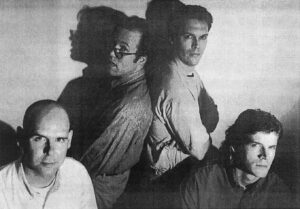
The Andrew Nelson papers include a mix of game design documents, new clippings, and promotional materials from CyberFlix. All these materials tell the story of how CyberFlix grew as a company—and how Nelson wrote their games.
Joining CyberFlix was an unusual career move for Nelson. Professionally, he had a background as magazine writer, not a designer or programmer! The secret sauce of CyberFlix was a proprietary tool called DreamFactory, which allowed non-programmers like Nelson to write and design games.
Throughout the Nelson papers, you can find comparisons between what CyberFlix was doing and what was happening in Hollywood. One of our favorite items in this collection is a brochure for DreamFactory, which explicitly compares its tools to Hollywood crafts, like “CentralCasting,” a software suite for managing virtual “cyber actors” that play in-game characters.
(As a side note, we noticed that all these materials refer to DreamFactory as an “authoring tool”… because the term “engine” didn’t exist yet!)
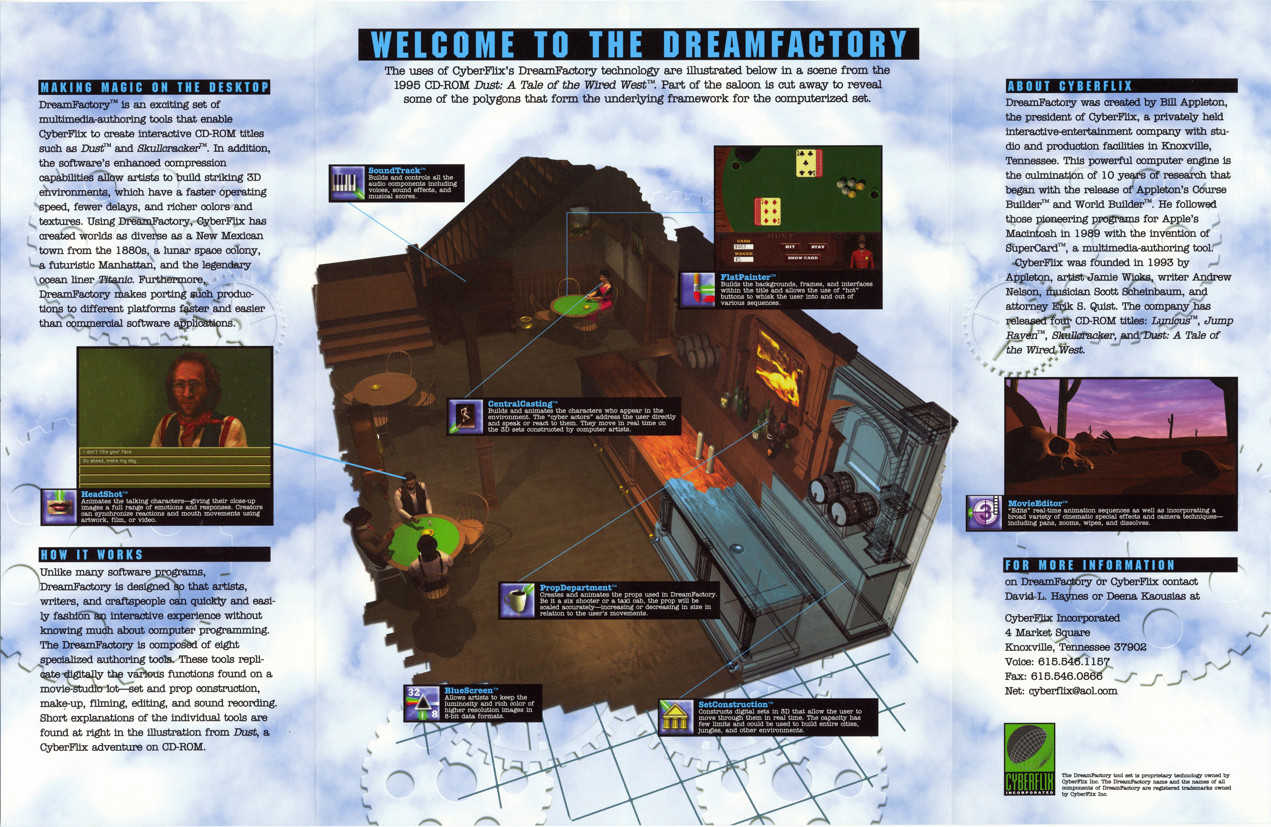
The meat of this collection, of course, is Andrew Nelson’s writing. As the lead for Titanic: Adventure Out of Time, Nelson undertook extensive research on the Titanic and wrote multiple draft scripts for the game, totaling hundreds of pages of dialogue and commands for DreamFactory, along with flowcharts, outlines, and character profiles.
Fans of Titanic will find fascinating information about the game’s development and marketing in here. For example, the earliest draft for the game allowed the player to choose their gender, resulting in alternate routes and dialogue that didn’t make the final cut. Nelson tells us this feature was cut early in development for scope reasons.
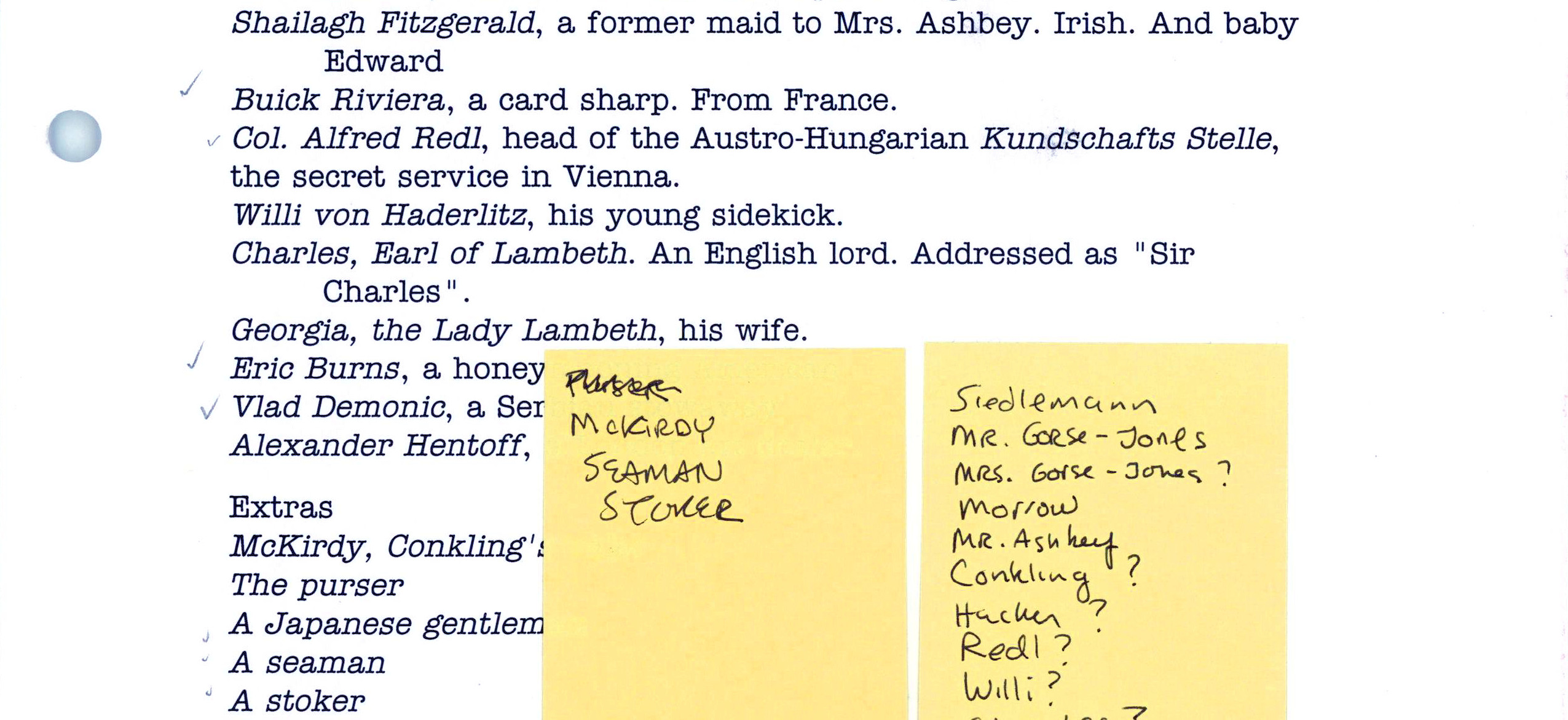
As a newcomer to computer games, Nelson also kept tons of documentation about the state of the industry. His folders have loads of clippings from newspapers and magazines, like a special section of the Wall Street Journal covering the rise of the multimedia business. Even the material that isn’t directly connected to CyberFlix provides some insight into how the computer game business was evolving.
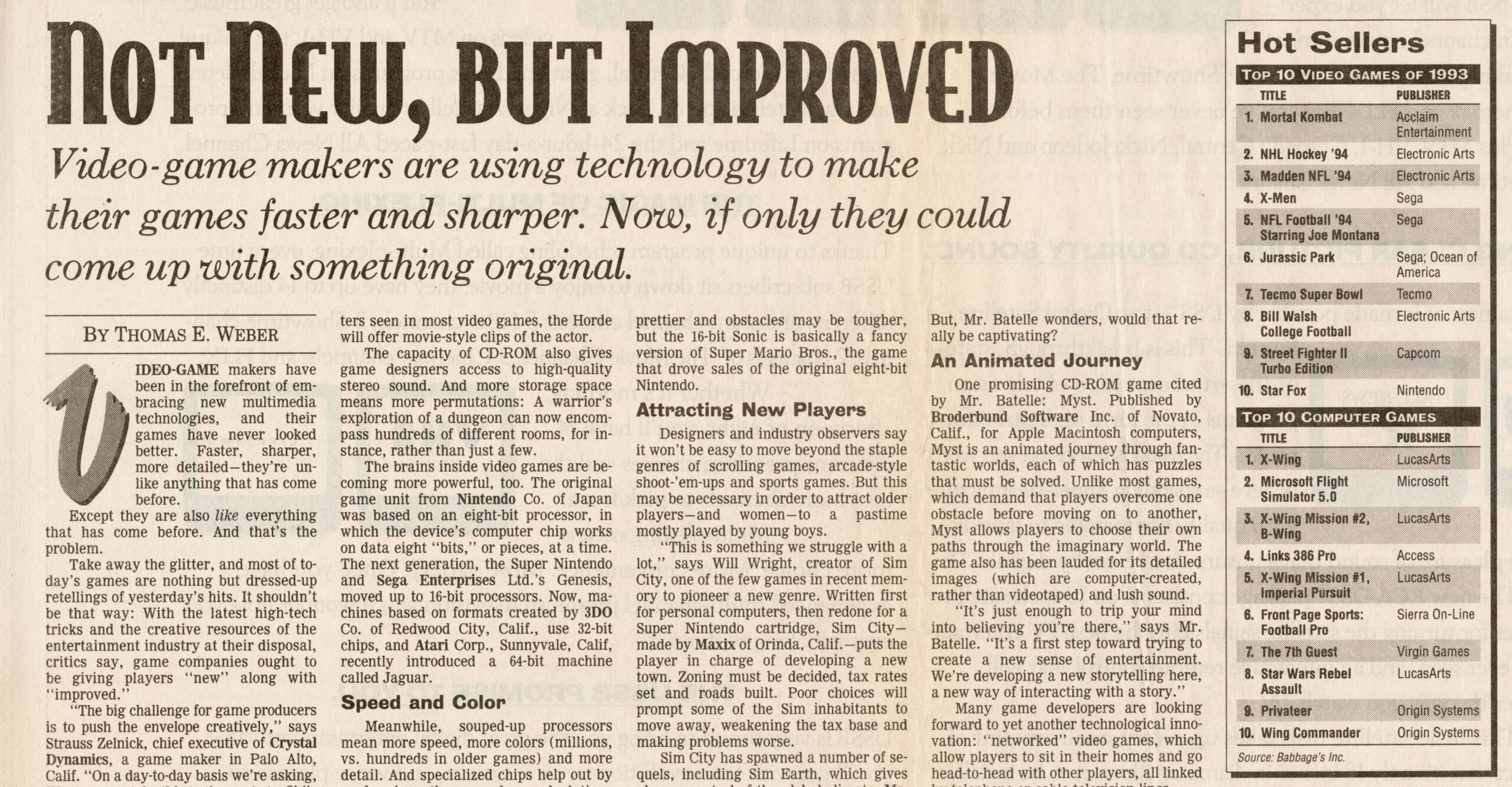
There’s also many pieces of CyberFlix ephemera in this collection, going all the way back to a company party they threw in 1993 to celebrate their first publishing deal. There’s also flyers and press kits for many of their games, like this incredible Japanese flyer for their first game, Lunicus, featuring new character art by Akira creator Katsuhiro Otomo unique to this version of the game.
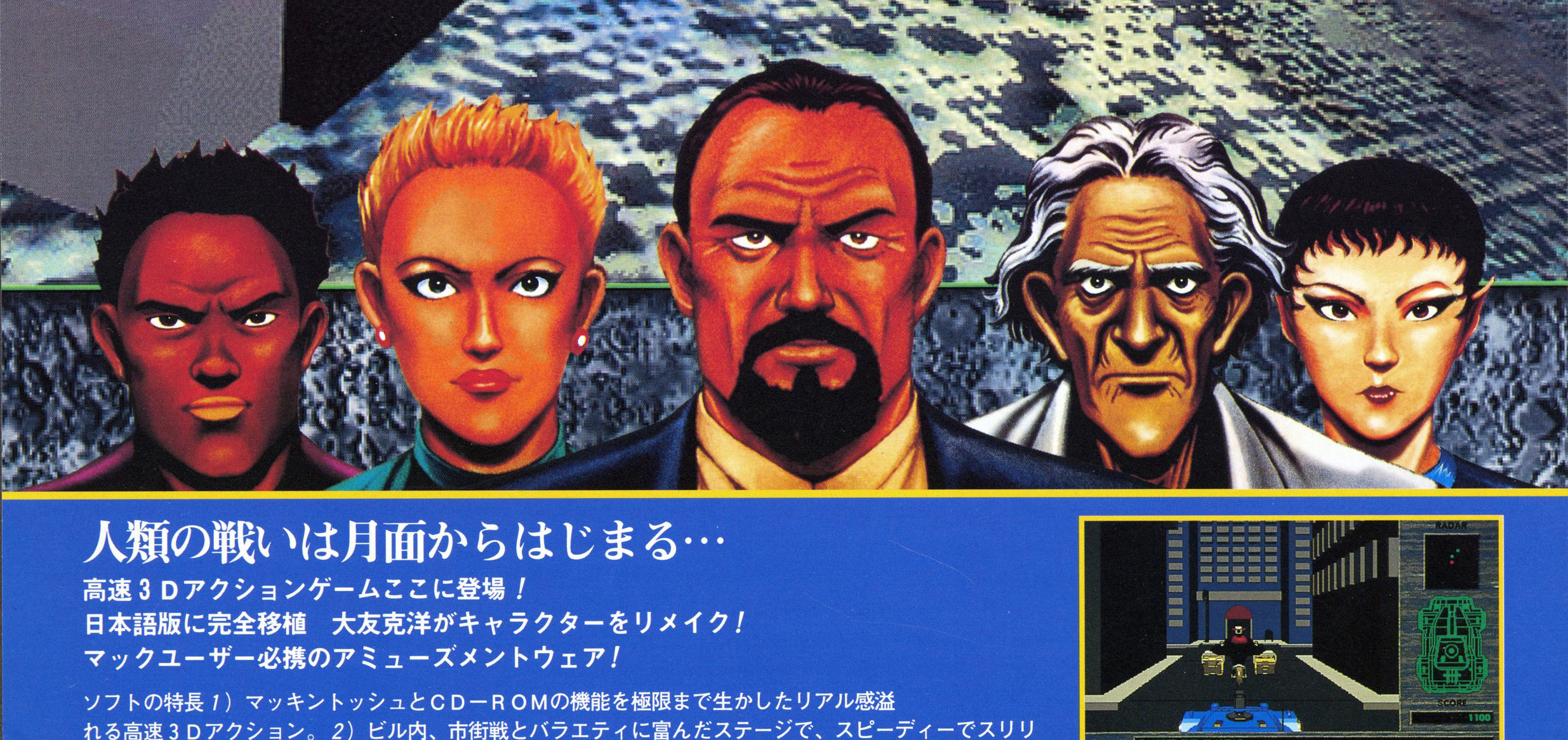
To learn more about Andrew Nelson and his work, check out the latest episode of the Video Game History Hour, featuring Nelson and guest co-host Alex Greenberg! We dig deep into Nelson’s work and how Titanic: Adventure Out of Time was designed.